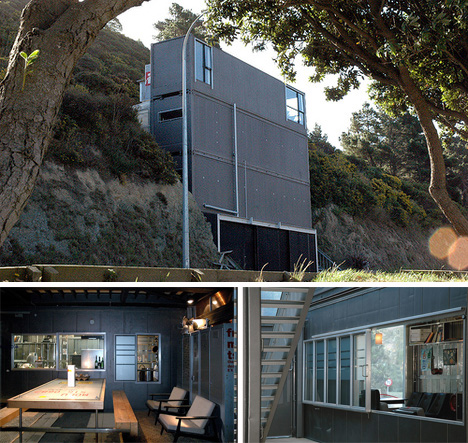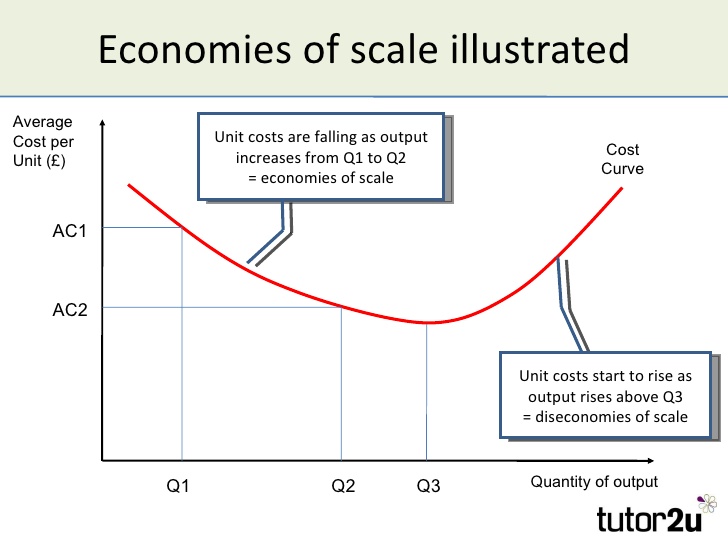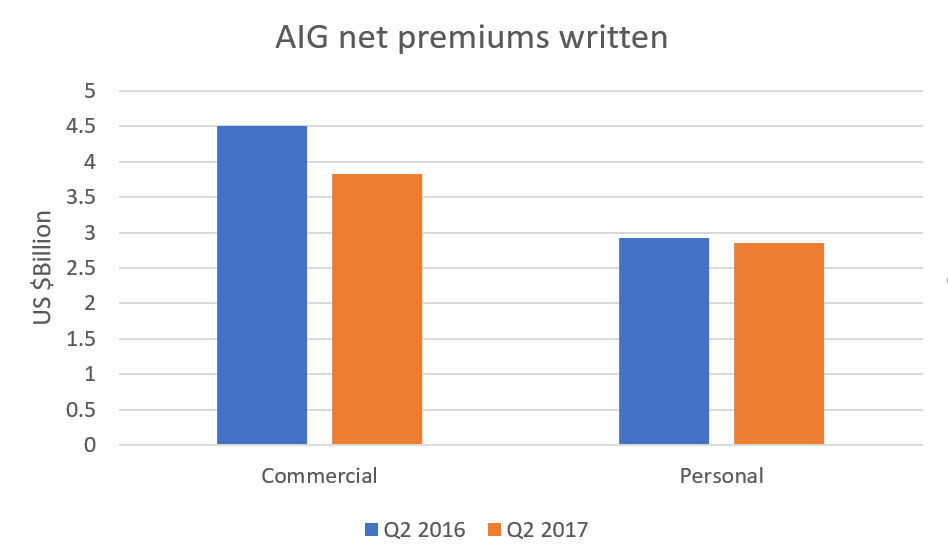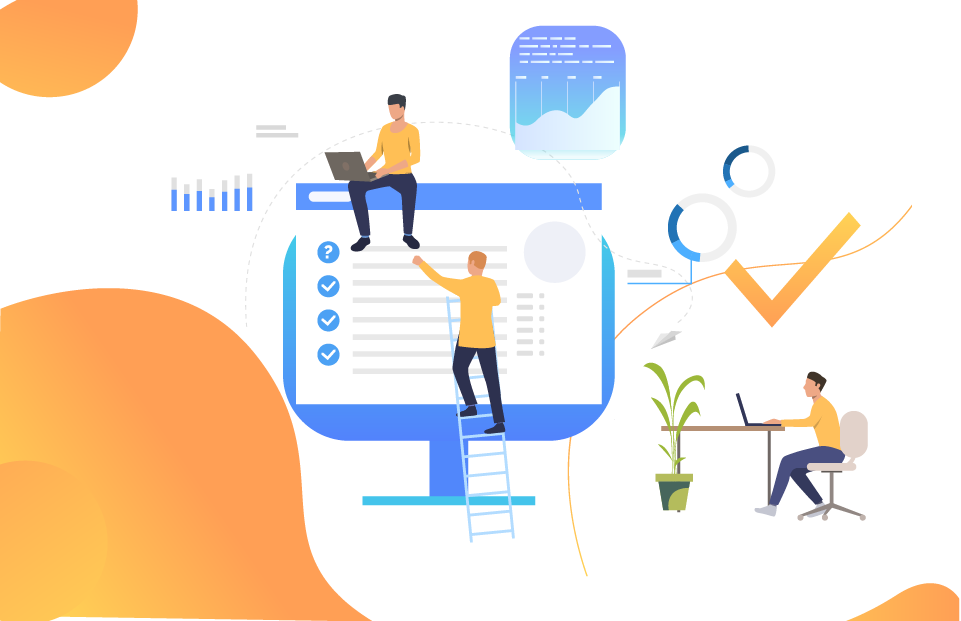Contents:
The term long position is often used In the context of buying an options contract. The trader can hold either a long call or a long put option, depending on the outlook for the underlying asset of the option contract. Once a gamma squeeze reaches its peak, price reversals can happen very quickly and you may see a steep decline in stock prices. For this reason, trading options is something that may not be right for every investor unless you have a high tolerance for risk. Gamma squeezes can occur as the result of widespread speculation about where a stock’s price may be headed. For example, if a company is struggling financially then institutional investors may decide to short the stock in the belief that the price will fall.
- When the options expire worthless, the writer keeps the entire premium they received for writing the option.
- Speculators can end their obligation to purchase or deliver the underlying commodity by closing their contract before expiration with an offsetting contract.
- Instead, investors can sell the option contract back to the market before its expiration.
- The price of the stock then increased to $20, giving the investor $10 per share in unrealized gains—unrealized because it has not been sold yet.
- In reference to holding equities, which have an inherent bias to rise, long can refer to a measurement of time as well as bullish intent.
Let’s say they purchase shares of a U.S. company through a U.S. exchange using U.S. dollars . This means they are now exposed to exchange rate risk while holding that stock. Exchange rate risk is the threat that the value of the euro will increase in relation to the USD. If this happens, any profits the investor realizes upon selling the stock become less valuable when they are converted into euros. The higher the short interest and short interest ratio , the greater the risk that short covering may occur in a disorderly fashion.
What Is Options Pinning?
We can assume that the seller received a $1 premium from writing the put options, which is $100 in income if they sold one contract. If XYZ is above $70 at expiration the trader keeps the $300 and doesn’t need to buy the shares. The buyer of the put option wanted to sell XYZ shares at $70, but since the price of XYZ is above $70 they are better off selling them at the current higher market price.
So, as you can see, the long position on an options contract can express either a bullish or bearish sentiment depending on whether the long contract is a put or a call. The offers that appear in this table are from partnerships from which Investopedia receives compensation. Investopedia does not include all offers available in the marketplace.

In the case of a put option, a downward trajectory in the price of the security is profitable for the investor. For example, an investor who hopes to benefit from an upward price movement in an asset will “go long” on a call option. The call gives the holder the option to buy the underlying asset at a certain price.
A risk maturity class, or other class, into which a multi-class security such as a Collateralized Mortgage Obligation is split. For example, the typical CMO has A, B, and C tranches representing https://1investing.in/ fast pay, medium pay, and slow pay bonds. For variable rate issues, the coupon rate used to consummate the trade. Usually a commercial bank that acts as a “trustee” for the sponsor.
What Is a European Option?
As time passes, as long as that option stays out-of-the-money, the value of that option will deteriorate to $0 at expiration. This allows the writer to keep the premium because they already received $5 and the option is now worth $0 and worthless once it expires out-of-the-money. Short the basis refers to the simultaneous buying of a futures contract and selling the underlying asset to hedge against future price appreciation. Investors might sell a stock if it’s determined that other opportunities can earn a greater return.
Conversely, a call option with a 0.50 delta is has a strike that’s equal to the stock’s price. Let’s say an investor purchased 100 shares of General Electric Company stock for $10 per share. The price of the stock then increased to $20, giving the investor $10 per share in unrealized gains—unrealized because it has not been sold yet. Married puts are commonly used when investors want to buy a stock and immediately purchase the put to protect the position. However, an investor can buy the protective put option at any time as long as they own the stock. Protective puts can cover a portion of an investor’s long position or their entire holdings.
It requires purchasing the same security that was initially sold short, and handing back the shares initially borrowed for the short sale. Speculators also go long on futures when they believe the prices will go up. They don’t necessarily want the physical commodity, as they are only interested in capitalizing on the price movement. Before expiry, a speculator holding a long futures contract can sell the contract in the market.
Regulation of these options is managed by the Securities and Exchange Commission . An investor may use options on Treasury bonds and notes, and Eurodollar futures. Options traders may have pin risk when their options approach expiration because they are unsure how many buyers will exercise their options. If the price of the stock remains above $35, the writer will not have the opportunity to buy the shares, but still keeps the $100 in premium received.
If the options are going to expire in the money, the writer can either let the underlying shares be called away at the strike price or buy the option to close the position. An option is uncovered when the writer does not have an offsetting position in the account. European options can only be exercised on the expiration date, whereas American options can be exercised at any time between the purchase and expiration dates. In other words, American options allow investors to realize a profit as soon as the stock price moves in their favor and enough to more than offset the premium paid. Option prices change based on the movement and volatility of the underlying asset and the time until expiration.
The reason for long unwinding can be different but the result will be the same. A put or call can be covered or uncovered, with uncovered positions carrying much greater risk. Contango is a situation in which the futures price of a commodity is above the spot price. When you start out, try to use small amounts and only make one trade at a time if possible. Overtrading can cause you to take on far more risk than you can handle. Commodity futures can be used to hedge or protect a position in commodities.
Real World Example of Delta Hedging
The theoretical change in premium for each basis point or $1 change in the price of the underlying is the delta, while the relationship between the two movements is the hedge ratio. The delta represents the change in the value of an option in relation to the movement in the market price of the underlying asset. Hedges are investments—usually options—taken to offset risk exposure of an asset. One of the drawbacks of delta hedging is the necessity of constantly watching and adjusting positions involved. It can also incur trading costs as delta hedges are added and removed as the underlying price changes.
It doesn’t go to $70 because there is a chance the deal won’t go through. The writer of the option now needs to buy shares at $65 to sell them at $50 to the option buyer, if the buyer exercises the option. A put option is a contract that gives the owner the ability long unwinding investopedia to sell a specific amount of the underlying security at a set price before or by a specified date. Unlike futures contracts, the options contract does not obligate the holder to sell the asset and only allows them to sell if they should choose to do so.
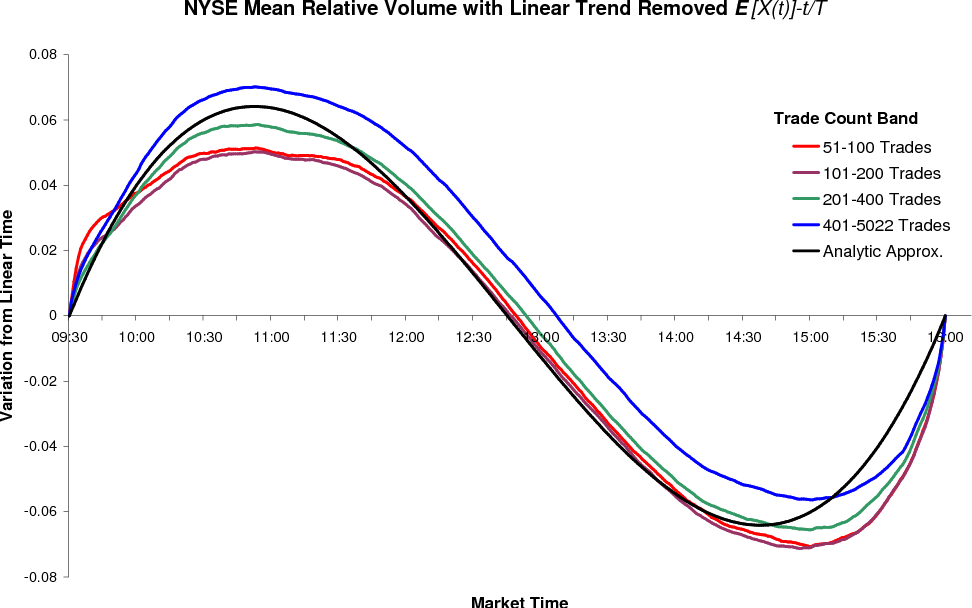
In this scenario where the original put expired, the investor will buy another protective put, again protecting their holdings. For example, an investor could determine they’re unwilling to take losses beyond a 5% decline in the stock. An investor could buy a put option with a strike price that is 5% lower than the stock price thus creating a worst-case scenario of a 5% loss if the stock declines. Different strike prices and expiration dates are available for options giving investors the ability to tailor the protection—and the premium fee.
Now, you are able to break even at $70 per share instead of $90 per share. This is made possible since the value of the $50 calls is now +$20 compared to the -$20 loss on your XYZ stock position. Unfortunately, any move beyond $70 will require you to sell your shares. However, you will still be up the premium you collected from writing the calls and even on your losing stock position earlier than expected. Investors can establish long positions in securities such as stocks, mutual funds, or any other asset or security.
Pinning the Strike
Investors that use the strategy typically will determine a price range for when to sell the stock at the time of purchase. As a stock price rises, investors can begin selling the position once it reaches the price target range. Investors can either sell it all at the price target or ease out of the position over time at various price targets. If investors are holding an investment for the short-term or less than one year, they might sell the stock as soon as it makes a capital gain or when they need the cash. However, a popular long-term strategy is called a buy-and-hold strategy, which is a passive investment strategy in which an investor buys stocks and holds them for a long period of time. There is no shortage of financial literature about when to buy a stock, but determining a strategy for holding or selling a stock is also important.
And assuming that you are qualified for margin short selling does incur some interest charges because remember, you’re borrowing stock from your brokers so they’re going to charge you for that. As attention surrounding GME grew, the stock’s price continued to climb, attracting more investors. This put market makers in the position of having to buy additional shares, which meant more price increases. As the stock’s price continued its unprecedented rise, hedge funds that were short in the stock finally were forced to close out their positions, in some cases booking billions in losses. Trading in commodity futures contracts can be very risky for the inexperienced.
The carry of an asset is the return obtained from holding it , or the cost of holding it . For instance, commodities are usually negative carry assets, as they incur storage costs or may suffer from depreciation. Writing an option refers to an investment contract in which a fee, or premium, is paid to the writer in exchange for the right to buy or sell shares at a future price and date. When a put writer is short the underlying stock, the position is covered if there is a corresponding number of shares sold short in the account. In the event that the short option closes in-the-money, the short position offsets the loss of the written put.

